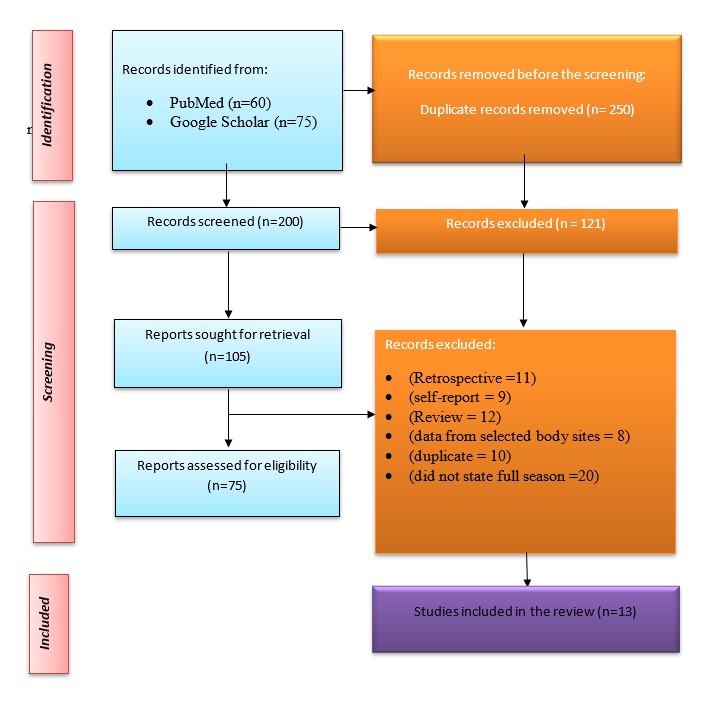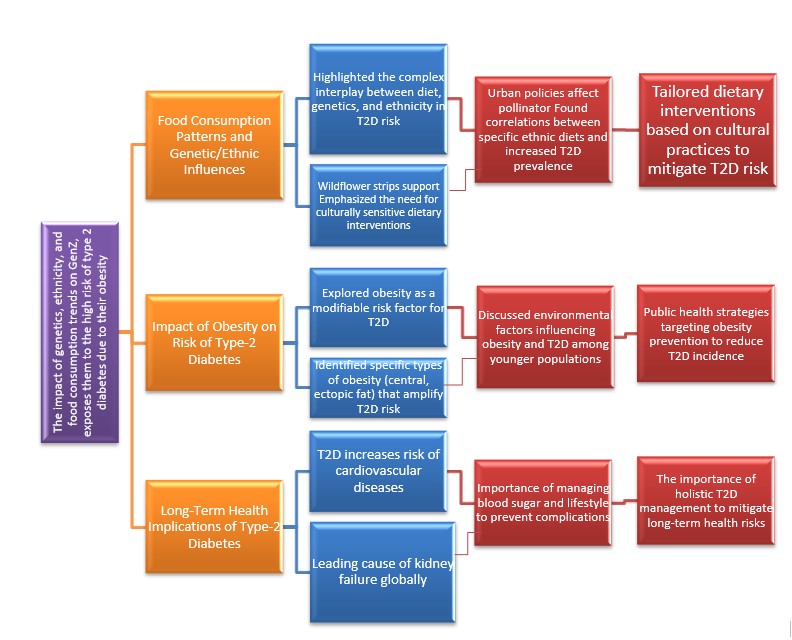Generation Z, commonly delineated as individuals born in the timeframe spanning from the mid-to-late 1990s to the early 2010s, represents the demographic cohort that succeeds the Millennials. The constituents of Gen Z are predominantly distinguished by their inherent proficiency with digital technologies, having been raised in an environment where the internet, social media, and advanced technological innovations are fundamental components of their existence. This generation places a high premium on inclusivity, diversity, and social equity and is often perceived as more pragmatic and risk-averse than preceding cohorts. Furthermore, they are recognised for their profound engagement with digital communication and online platforms, which significantly shapes their social interactions and modes of information acquisition. Gen Z encounters distinct challenges, which encompass navigating mental health complexities and adapting to swift technological advancements, which exert a considerable influence on their overall well-being and lifestyle decisions [3] .
Over the age of 18, type 2 diabetes affects more than 8.5% of adults worldwide. It is estimated that approximately 468 million people have been affected throughout the past few decades[4], the mean age of diagnosis has declined [5]. However, Schnur et al. argued that more than half of Gen Z adults – about 56% of the UK aged 18 to 25 – are overweight or obese. By 2030, this number will increase to 552 million (9.9%) [6]. Serious problems linked to this disease impact the patient's productivity, quality of life, and health, especially Generation Z [3]. Conversely, the rapid advancement of worldwide urbanisation and modernisation has enduring consequences on lifestyle elements like bad food habits, inactivity, elevated stress levels, and environmental influences [7]. These factors contribute to increasing the prevalence of type 2 diabetes and obesity worldwide. Insulin resistance, characterised by decreased glucose absorption in fat and muscle and impaired liver function of insulin, is a condition that obese people experience more [8]. According to Diabetes UK [9], UK has 4.3 million more people living with diabetes than before . Because they have notable characteristics and are powerful forces in the modern economy, Gen Z cohorts have become popular research subjects, particularly their impact on market influence. According to Kramer and Shoham, it has been noted that Gen Z regularly displays suboptimal health as a result of their inclination towards unhealthy habits, such as consuming alcohol, soft drinks, and junk food, as well as avoiding regular physical exercise [10].
The literature reports the increasing rates of obesity and the connection between Type 2 diabetes and obesity, especially among Generation Z in the UK [11]. As much as 90% of diabetes in adults is caused by overweight, and obesity has been proven to increase the risk of being diagnosed with diabetes [12]. However, despite this understanding, there is still a deficit of research that focuses on the factors such as genetics, ethnicity, and food choices unique to Gen Z that contribute to obesity and diabetes risk factors. Furthermore, the repercussions of obesity on diabetes have been the subject of many studies. However, the mechanism by which these risks can be modified by ethnic group and genetic differences of Gen Z has been understudied. Therefore, this study is designed to fill the highlighted gaps by assessing the impact of genetics and ethnic diversity on food intake and obesity in Gen Z, thus creating personalised preventive recommendations. This research studies the effect of genetics, ethnicity, and food consumption trends on GenZ as obesity puts them at a high risk of Type2 diabetes - the project on preventive recommendations.
Methods
Design
This systematic review applied a secondary qualitative research methodology to explore the complex relationship between genetics, ethnicity, and food consumption patterns in the development of type 2 diabetes in the obese population among Gen Z in the UK. This approach allows more energy and focus to be directed towards understanding the complexities in the relation between these variables [11].
Search Strategy
The search strategy included an elaborate search in several databases: PubMed, Scopus, Web of Science, and Google Scholar. Search terms were adequately varied to capture all aspects of the research question, such as GenZ, Type 2 Diabetes, Obesity, Genetics, Ethnicity, and Food Consumption Trends. The use of ‘AND’ and ‘OR’ quasi-Boolean operators and truncation was applied


